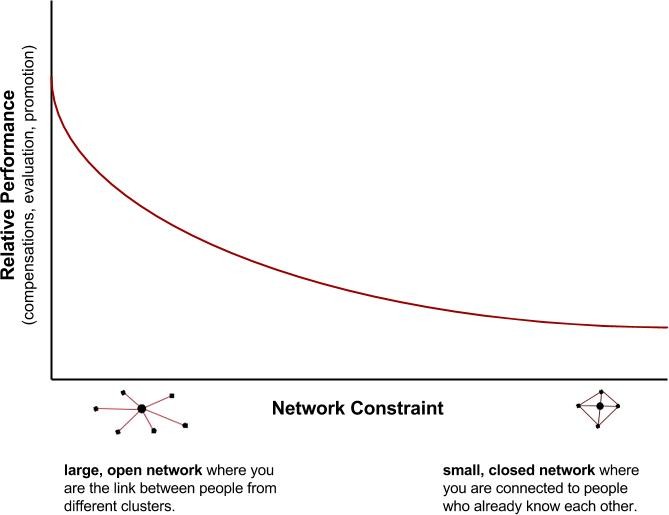Book Review What It Takes Seven Secrets of Success from the World s Greatest Professional Firms
Post on: 7 Июль, 2015 No Comment

What It Takes: Seven Secrets of Success from the World’s Greatest Professional Firms . 2013. Charles D. Ellis, CFA.
Everyone who manages or works for a professional organization should read this book. Even solo practitioners will be inspired by Charles Ellis’s account of the means by which certain firms achieved excellence and became the acknowledged leaders in their fields: McKinsey & Company in consulting, Cravath, Swaine & Moore in law, Capital Group in investment management, the Mayo Clinic in health care, and Goldman Sachs in investment banking.
For all these enterprises, delivering superior results was instrumental in building an essential base of loyal clients. For instance, Ellis, former managing partner at the highly regarded business-strategy consulting firm Greenwich Associates, recounts Cravath’s successful defense of IBM in the longest antitrust prosecution in history. After 23 years, the U.S. government agreed to have the case dismissed as meritless. Cravath lost only 1 of the 21 private suits brought against the computer manufacturer, and that lone loss was reversed on appeal. IBM, which had not previously been a regular Cravath client, has averaged nearly 10% of the firm’s annual billings ever since.
In each of Ellis’s case studies, superior results proceed from extraordinarily intense dedication. Cravath attorney David Boies took charge of defending the suit brought against IBM by California Computer Products immediately after completing a 12-hour flight from Tokyo to New York City that followed an 11-hour flight from Bombay. He moved his family to California and led a squad of more than a dozen lawyers in workdays that ran from 8:00 a.m. to 2:00 a.m. The Cravath team simply overwhelmed the opposition, compiling a transcript with over a thousand cross-references for a simple motion to dismiss. One associate managed to bill 27 hours in a single day by working during a flight from New York to California, taking advantage of the 3-hour time difference.
Intensity carries over into all aspects of the preeminent professional organizations’ operations, including recruiting and training. Teamwork, as opposed to elevation of stars, is another common thread. In certain other key factors in the firms’ success, however, practices vary significantly. For example, Cravath introduced the up-or-out policy for incoming attorneys. In contrast, Capital Group diverged from its industry’s convention by creating a career analyst track rather than viewing that job description exclusively as preparation for a position in portfolio management. Further muddying the waters, Cravath has deviated from its own innovation in recent years, creating “permanent associate” and “senior attorney” roles for lawyers who do not become partners.
These midcourse corrections, like Goldman Sachs’s conversion from partnership to public company, were necessary adaptations to environmental changes. Forced revisions of successful formulas render it extremely difficult to remain at the top of a profession over a long period. As Ellis observes, “Attaining professional excellence is not the hardest challenge. Sustaining excellence is the hardest.”
It is especially challenging to maintain a culture of unquestioned integrity that puts clients first, which is a hallmark of the organizations profiled in What It Takes: Seven Secrets of Success from the World’s Greatest Professional Firms. These organizations have all struggled with the tension between high professional standards and pressures to generate profits for the partners. In the case of Goldman Sachs, going public created an additional conflict between the traditional mode of running the firm for the benefit of partners and obligations to outside shareholders.
Ellis is candid about the ethical questions that have arisen around Goldman Sachs’s activities, while insisting the firm still belongs in his list of best in class. He concludes with a cautionary tale concerning the collapse of Arthur Andersen, at one time “arguably the world’s most admired professional firm of any kind.” Poor leadership contributed to the auditing firm’s long-run decline, which culminated in its dissolution in the wake of the Enron Corporation scandal. Problematic leaders did not, however, prove fatal at other firms in Ellis’s study. In this connection, the discussion of three types of leaders — transactional, process, and servant — is enormously valuable.
What It Takes is not without flaws. For example, the author states approvingly that the Mayo Clinic’s founders’ performance of 4,000 operations a year pushed them up the experience curve. Introduced by McKinsey & Company rival Boston Consulting Group, the experience curve plots cumulative units produced versus cost per unit. Clearly, one should aspire to move down, not up, on this curve. Also, Ellis raises no objection when interviewees incorrectly attribute sayings to two illustrious Bens — Franklin (“If you want something done right, do it yourself”) and Hogan (“You know, the harder I work, the luckier I get ”).
These small imperfections are offset many times over by tidbits of interest to readers with a taste for financial history. In his chapter on innovation, Ellis notes that Capital Group pioneered the multi-portfolio-manager system for its mutual funds and Goldman Sachs hatched the idea of dividing its bankers into relationship managers and product specialists. Adding to the delight of What It Takes is the author’s marvelous gift for storytelling. Rarely does compulsory reading prove to be such a pleasure.
Please note that the content of this site should not be construed as investment advice, nor do the opinions expressed necessarily reflect the views of CFA Institute.














